I was in the kitchen making dinner a few weeks ago when I heard the front door open and close, as Neil came back inside, having just completed his evening “chicken check”. “There are new tracks out by the raised beds”, he called up the stairs.
Some people enjoy sonnets, some sparkly jewels, but Neil knows the way to my heart is to tell me he has found tracks for me to explore.
Dinner will keep. Final “chicken check” happens right around dusk, and I’ve learnt it’s best to check tracks as soon as possible. Strong winds, a light snowfall, a warm morning… tracks are transient. Best when fresh. And I still had at least a half hour of twilight to use for exploring.

Arriving in the yard, I was delighted to see this serpentine figure tracing a path through the snow. As I’ve already given away in the title, these are opossum tracks and I am very fond of opossums. (Spoiler: I am very fond of nearly every animal.)
Though opossums are increasingly common in southern Ontario, they are not well-suited to our Canadian winters. The exposed skin on their tails, ears, and feet is very susceptible to frostbite. It’s a common reason for opossums to be admitted to Ontario’s wildlife centres over winter. In fact frostbite is so common for opossums in the winter months that it is mentioned as part of their tracks in one of my books, Field Guide to Tracking Animals in Snow: “…the tail drag may sometimes include blood stains–evidence of a ragged and frostbitten tail.”

During the warmer months, opossums sure pull their weight with another more problematic critter that increasingly shows up in this area: ticks. Opossums both move through areas inhabited by ticks, picking up tonnes of them on their fur, and they fastidiously clean themselves. As part of their grooming, opossums swallow a very high percentage of the ticks that end up on their body. So we’re always very happy to learn these little Lyme-disease roombas are out there hoovering ticks off our property.
It seems these tracks had been made at some point during the day. I’ve read a few places that since opossums do not tolerate cold well, they will sometimes switch their usually nocturnal habits around — foraging during the day instead. Basically they forage whenever makes sense temperature-wise. Opossums do not hibernate, and must continue to find food throughout these cold months.

Opossums also have a two-print “amble” track, where the hind foot registers beside the opposite front foot. This pattern is not shown in this post, but is similar to a raccoon’s “walk” gait.
If you look at the bottom left of the photo below, you will see that our little omnivorous opossum friend visited our compost bays. It came up the far left side, skirted along the top, and came back down the far right, by the active bay. The compost itself was not particularly disturbed, but it’s possible this little marsupial friend found something to eat off the top.
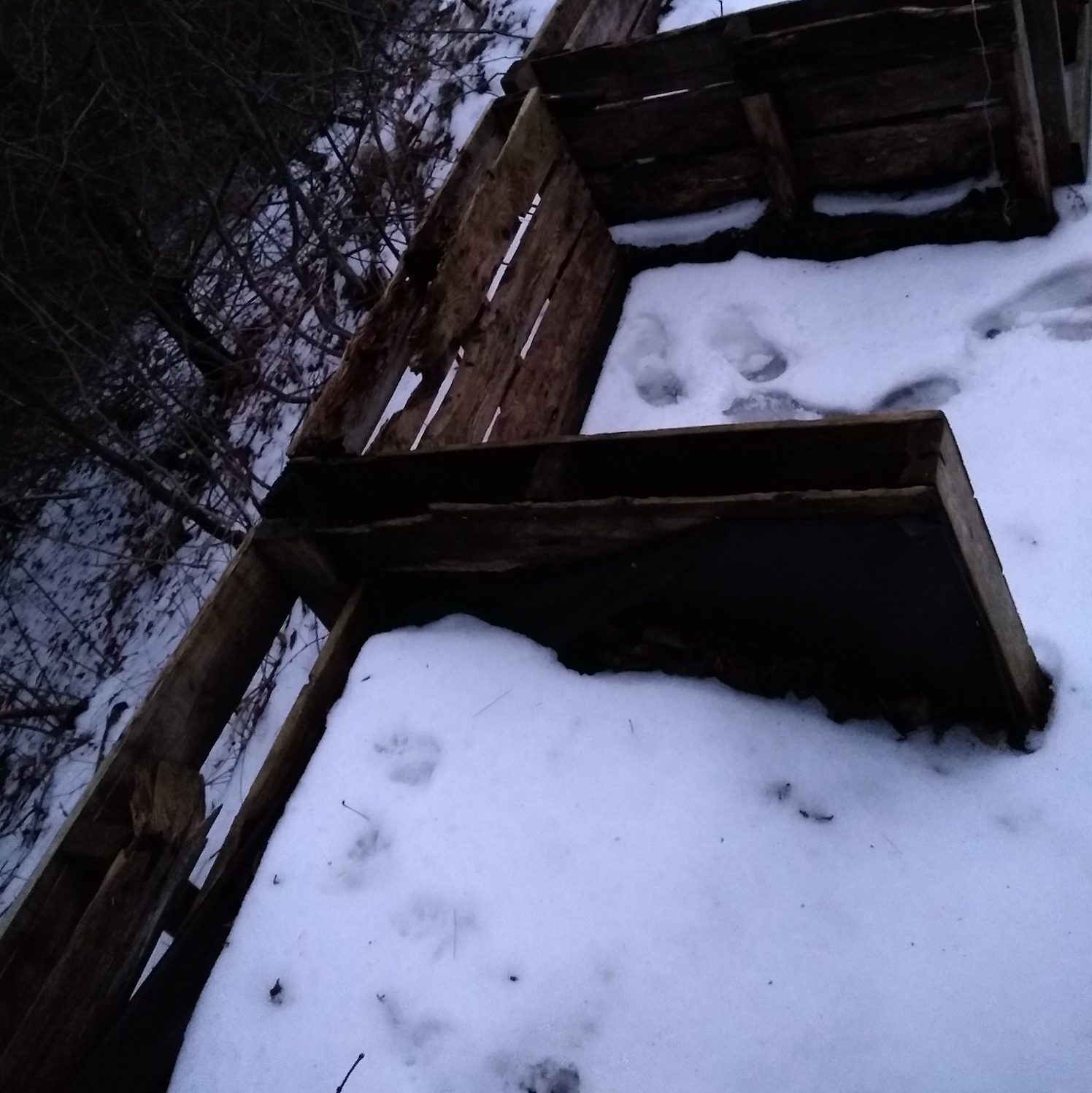
Below you can see the tracks that run alongside the active compost bay’s wall. The opossum clearly spent a lot of time back-and-forthing in this area, so perhaps it did find some noms after all.
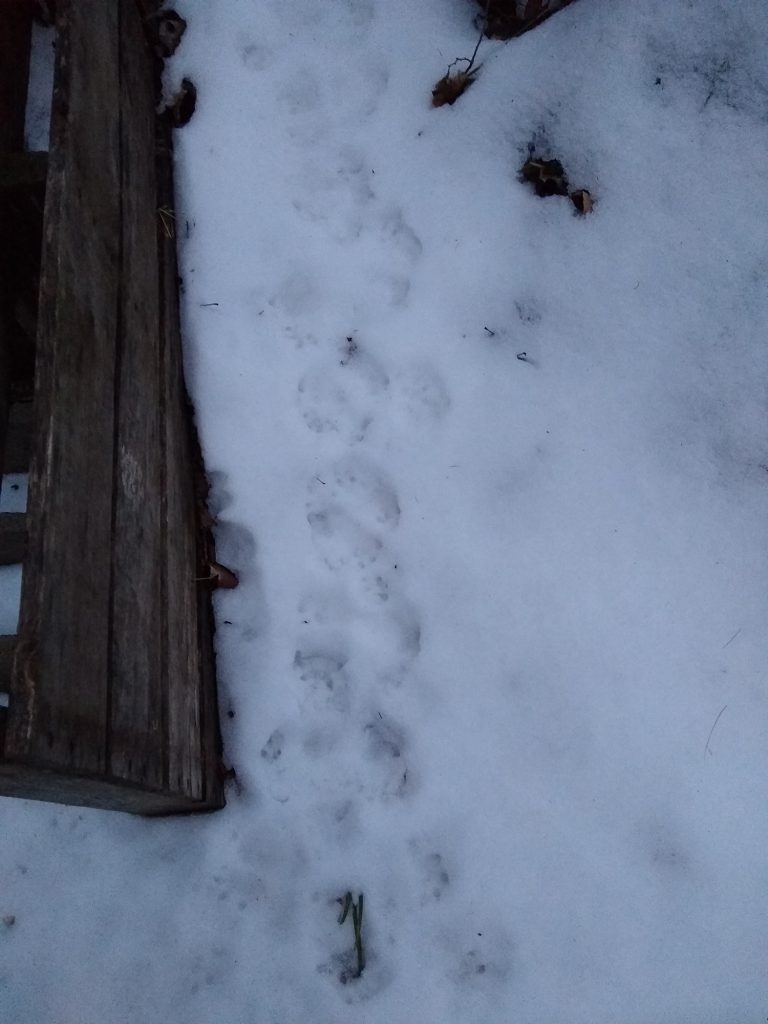
Having followed the tracks as far as I could, I headed back inside for dinner. But there was one sweet little coda to this snow story. On my way back inside, I noticed a second set of tracks “joining” our opossum friend. Walking in parallel to this nocturnal marsupial were tracks from…. a cat. Parallel tracks are unstuck in time: anything that marks the snow becomes part of the same story. With diligence, you can untangle the timeline, and work out what happened when. But sometimes, on your way back inside on a chilly evening, headed to a warm bowl of stew, sometimes it is nice instead to indulge in a fantasy of an opossum and a kitty cat, headed off together on adventures unknown.
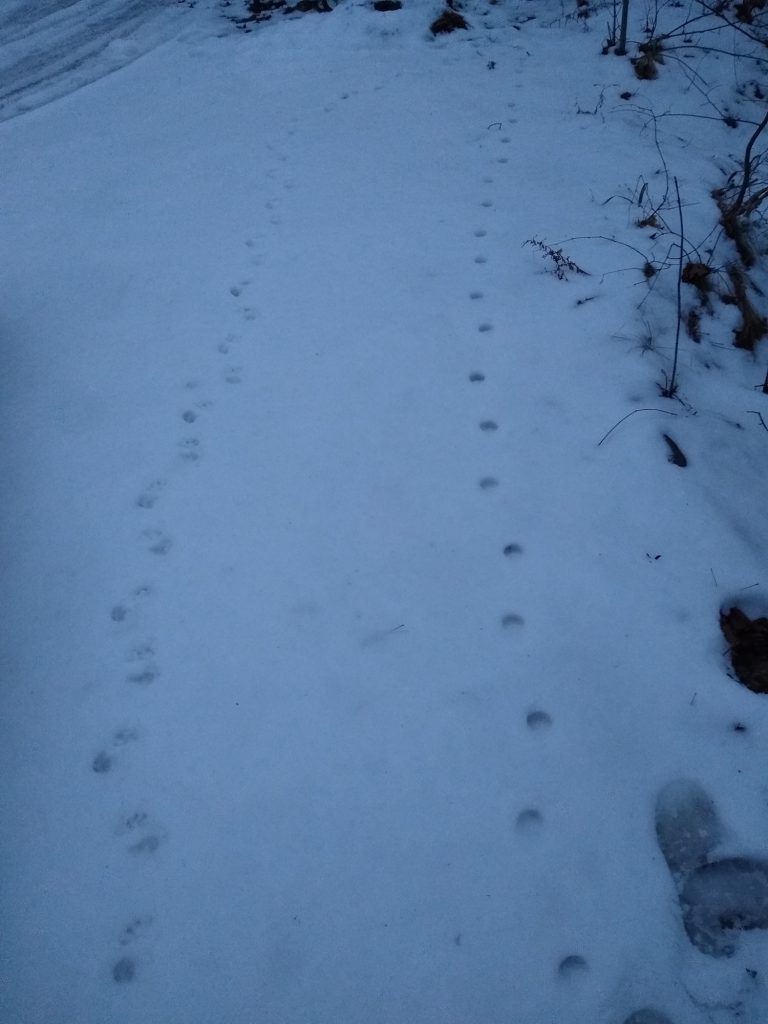
~Kate
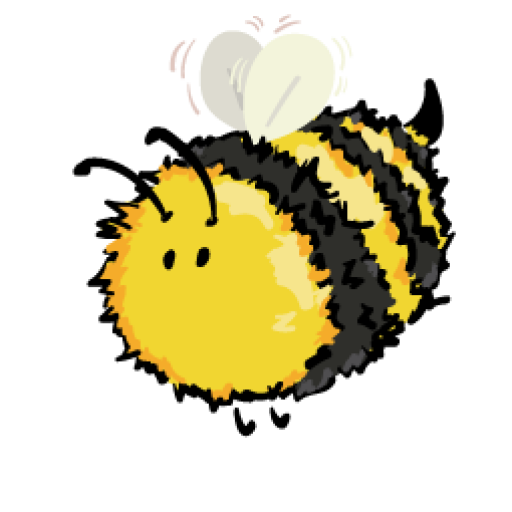
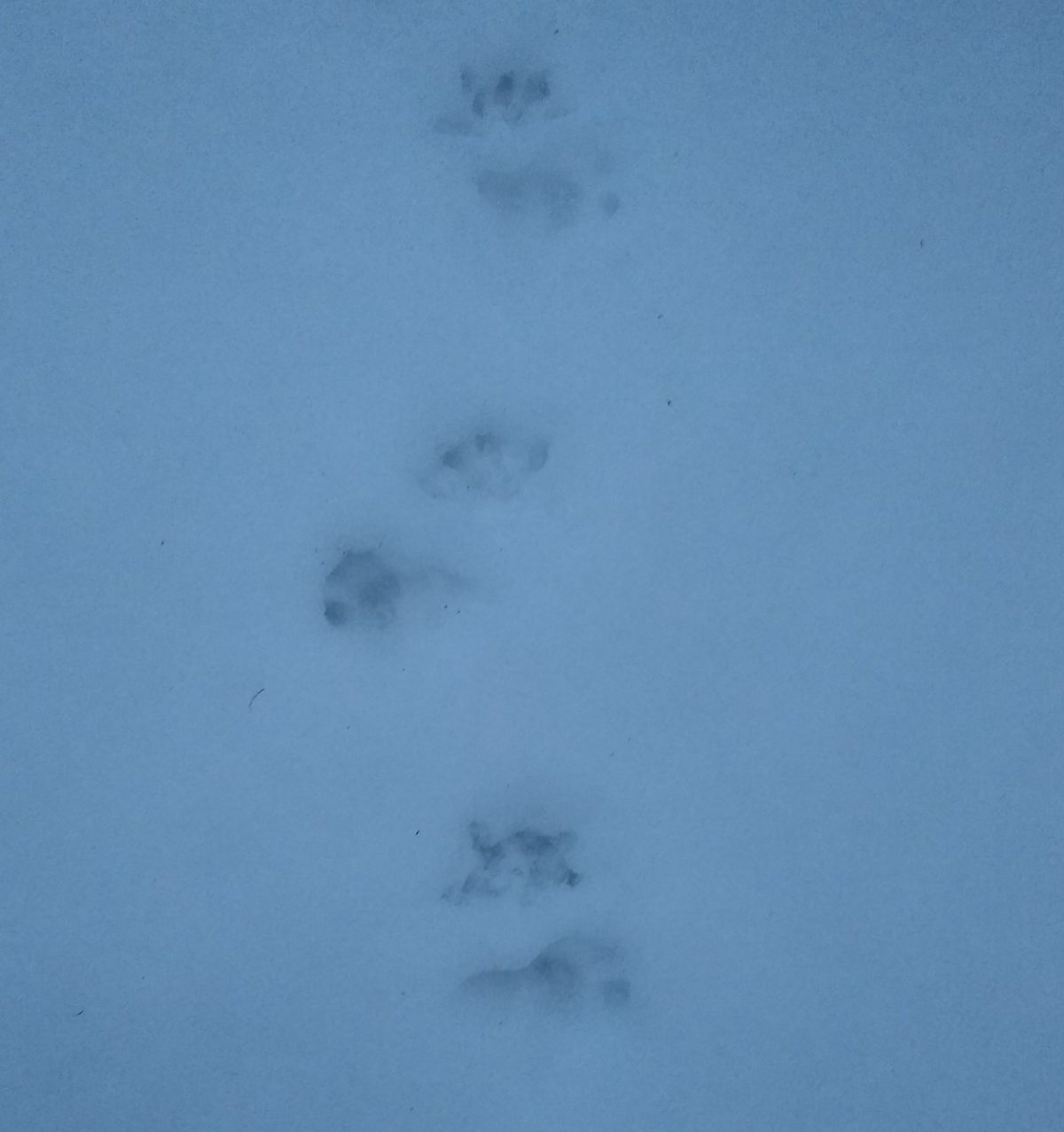
2 replies on “Snow Stories: Opossum, my possum”
I enjoyed this story so much. Thank you!
How nice of you to say! I’m so glad, thank you.